
Nature does her job when we’re not standing over her with a clipboard. But many gardeners want to improve their backyard ecosystem anyway. Everyone who’s gardened for a season or two has heard about companion planting. It’s said to improve soil fertility, reduce pests, and give you a bigger harvest.
You may see charts online of what to plant with your vegetables to deter pests or bring in pollinators. But there are a lot of myths and misinformation floating around about companion plants.
What is often missing is the fact that when, where, and how you plant them is critical to their success.
And sometimes, what you plant matters least of all!
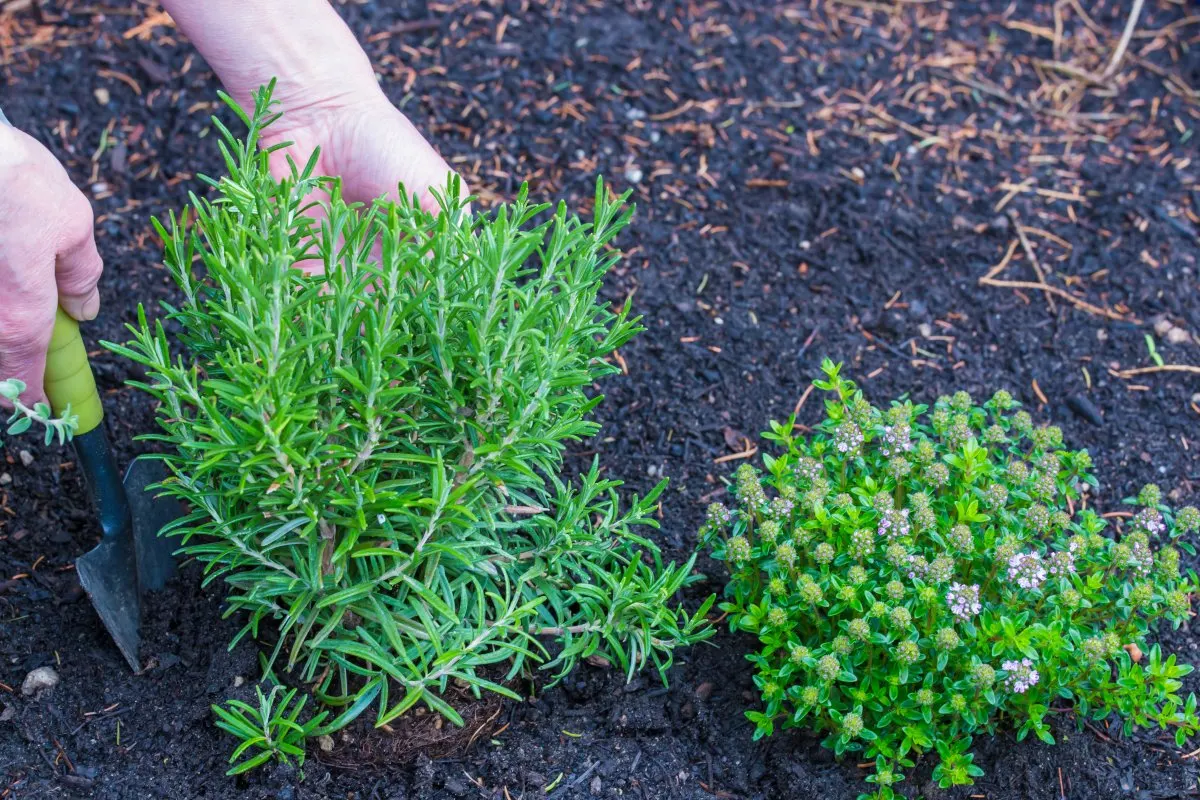
At this point, companion planting is more of an art than a science. We’re only just beginning to understand how plants work together.
Researchers started digging into the specific mechanics of soil health (pun intended) over the last 20 years. The conflicts between climate change, soil depletion, species extinctions, and the battle to feed billions of humans has launched a new branch of soil science.
So, it’s really no surprise that we’ve been getting a lot of things wrong when it comes to companion planting.
Misunderstanding How Companion Planting Works
There’s a lot of confusion regarding how companion planting benefits your garden. Some sources say companion plants improve the flavor of your vegetables (basil and tomato is one popular combination). Others say that certain flowers or herbs attract predatory insects to kill the bad bugs eating your plants.
Companion plants can provide shade or windbreaks to protect more delicate species. Others may offer prime nutrients, such as fixing nitrogen in the soil for other plants.
However, you can break down the benefits of companion planting into a few basic categories:
- Camouflage against pest insects
- Attractants for predatory insects
- Beneficial effects on the surrounding soil
- Physical support and protection
Companion Planting for Pests & Predators
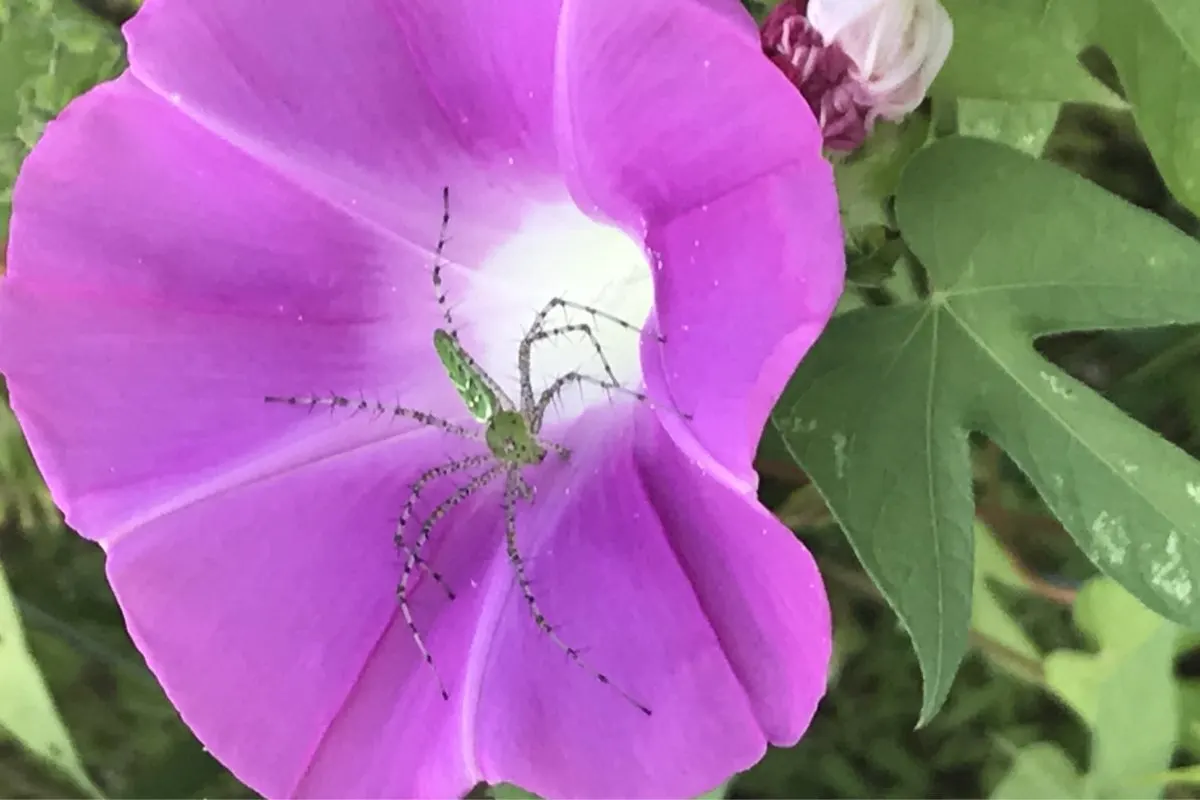
One of the most popular benefits of companion planting is that many plants attract or deter insects.
At its most basic level, though, companion planting helps confuse plant-specific pests. Just as many butterflies have specific host plants, other insects gravitate toward specific food crops.
Most of these pest insects find your garden vegetables by their aroma. Plants emit scent through the production of volatile oils, which is the primary way pests locate them to start feeding.
However, it appears that it’s the ratio of different volatile chemicals that triggers their ability to locate their favorite snacks.
So, while specific flowers or herbs may be effective at attracting or deterring any specific insect, interplanting a wide diversity of plants often effectively befuddles those that destroy your garden.
Companion Planting for Soil Quality
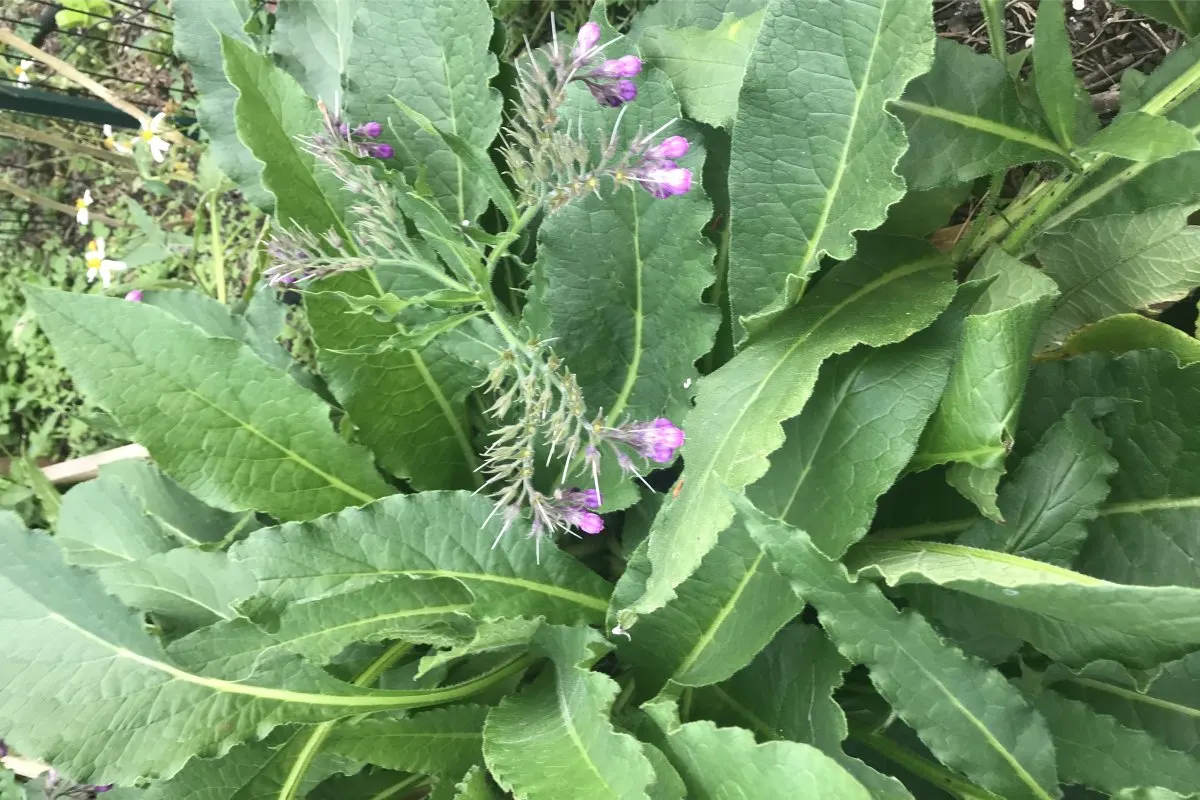
Companion planting centers on the selection of different plants that can benefit each other when planted together.
When it comes right down to it, the most important thing to know about soil quality is that any plants are better than none.
The soil needs “roots in the ground” to stay healthy. So, most plants benefit each other when planted together. They don’t have to be specific or exotic species.
Intercropping is a great way to improve your soil by offering your garden soil a variety of different plant species to support it.
When planted closely, companion plants provide shade, help retain moisture, reduce soil erosion and block out weeds.
Speaking of weeds — one of our most vigorous in Florida is Bidens alba. In truth, it’s a native wildflower that’s high in nutritional value for herbivores and native bees. Its deep taproot is superior for preventing erosion, and it can help remove excess copper in the soil.
Zinnias are another species that offer double duty in the garden. Along with providing food for beneficial insects, they are also used in phytoremediation to remove lead and chromium contamination from the soil.
Comfrey and dandelions, considered weeds in some regions, have deep roots that bring more nutrients to the top layers of the soil.
Companion Planting for Physical Support
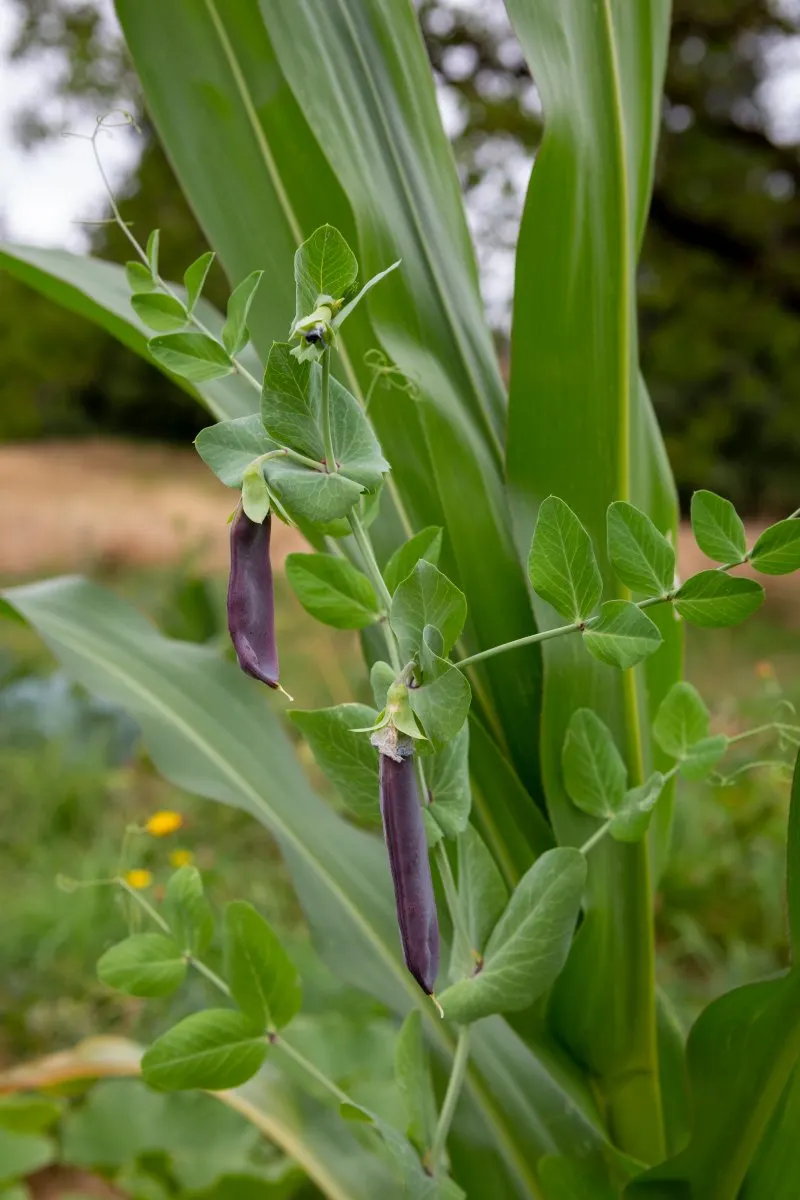
Peppers love the summer heat. However, they’re susceptible to sunscald, so planting them near a tall stand of corn or tomatoes provides some shade.
Likewise, lettuces and brassicas benefit from cooling shade from taller or trellised plants and are less likely to bolt.
And in the classic “Three Sisters” companion planting method, the corn stalks provide growing support for climbing beans.
However, you have to time it just right — but more on that later…
Confusing the Difference Between a Trap Crop vs. a Deterrent Crop
One of the primary things that many gardeners get wrong about companion planting is not understanding the difference between a trap crop and a deterrent crop.
A trap crop is one that is highly attractive to a specific pest insect. A deterrent crop is one that bugs abhor. Cheryl has more on trap crops here.
When and where you plant your trap crops is every bit as important as what you’re planting. Here are a few examples:
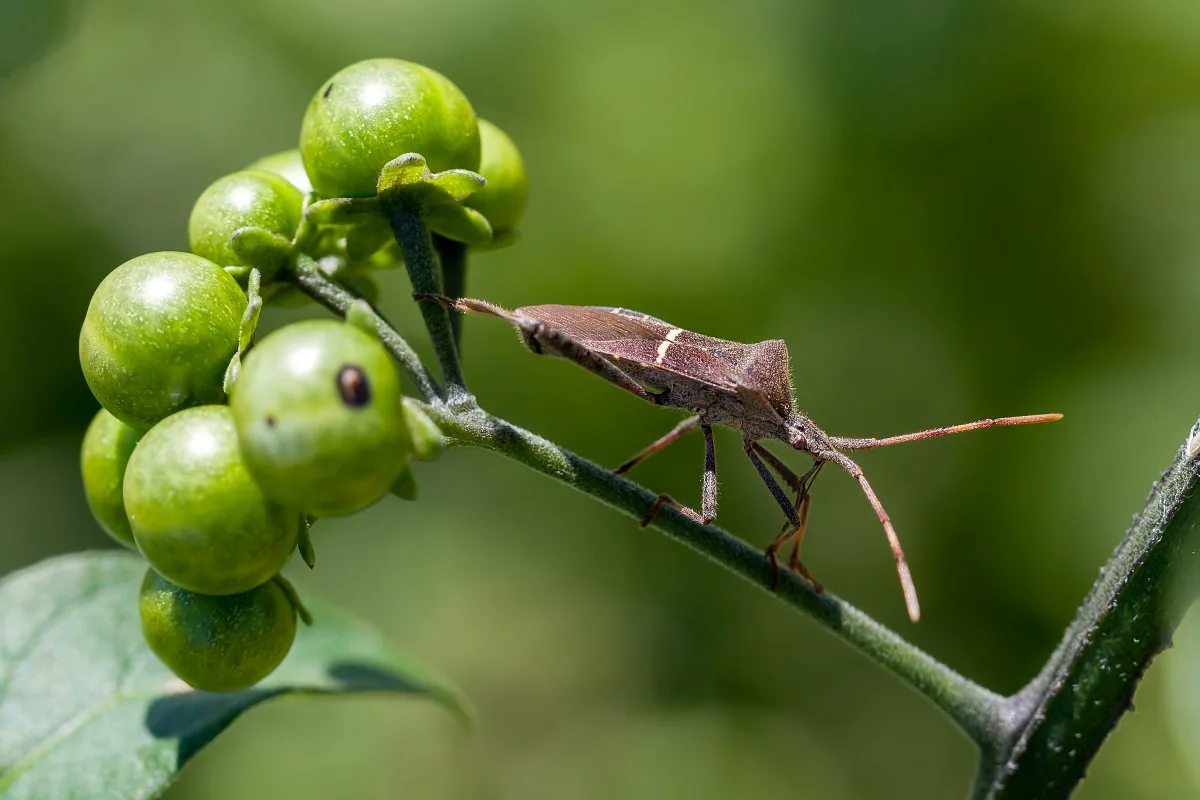
Leaf-footed Bugs
Tomatoes are often attacked by leaf-footed bugs. Research shows that sorghum and Peredovik-type (black oil seed) sunflowers are excellent trap crops to protect them.
However, you need to plant them two weeks before the tomatoes. This way, they’ll flower when the tomatoes are ripening.
They also need to be planted 6 to 10 feet away. This keeps them far from the tomatoes and maintains a healthy distance from the allelopathic effects of sunflowers.
Squash Vine Borers, Cucumber Beetles and Squash Bugs
Another example that emphasizes the importance of timing and location is the use of Blue Hubbard Squash to trap squash bugs, cucumber beetles, and squash vine borers.
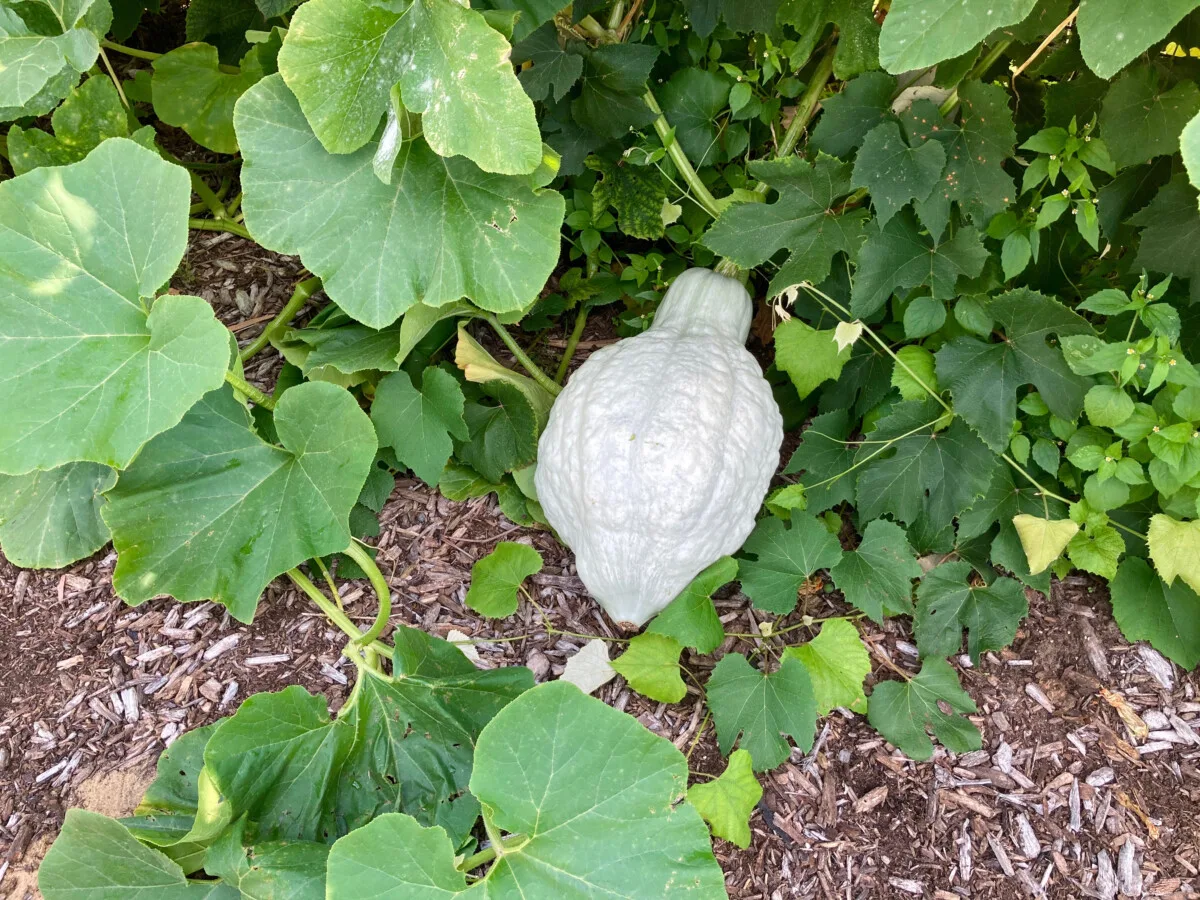
Ag experts recommend starting the Hubbard squash early so they’ll be well developed when the insects become active during the growing season.
They should also fully encompass the crop you’re trying to protect.
Not Properly Identifying Pest Species
Many garden articles promise that specific plants are great trap crops for aphids. Another source tells you the same plant repels aphids. Which is it?
The confusion may lie in the fact that there are over 1,300 aphid species native to North America. There are aphids that only attack cabbages and those that only chew up melons or rose bushes.
I have a bright yellow one (Aphis nerii) in my garden that loves to eat milkweed seed pods. They don’t eat anything else, so using milkweed to “trap aphids” is pretty pointless. They’re not interested in my beans.
Milkweed was made to be eaten, after all.
That doesn’t mean you shouldn’t plant companions to protect your cabbages, melons, or rose bushes. However, you need to know which type of aphid you have to ensure you’re planting the right trap crop.
You also need to be sure you’re willing to sacrifice that trap crop.
For example, Chinese cabbage is an effective trap crop for white cabbages against flea beetles. Summer squash is a great trap crop against whitefly for green beans.
But what do you do if you want all your veggies?
Not Planting for Predator Species
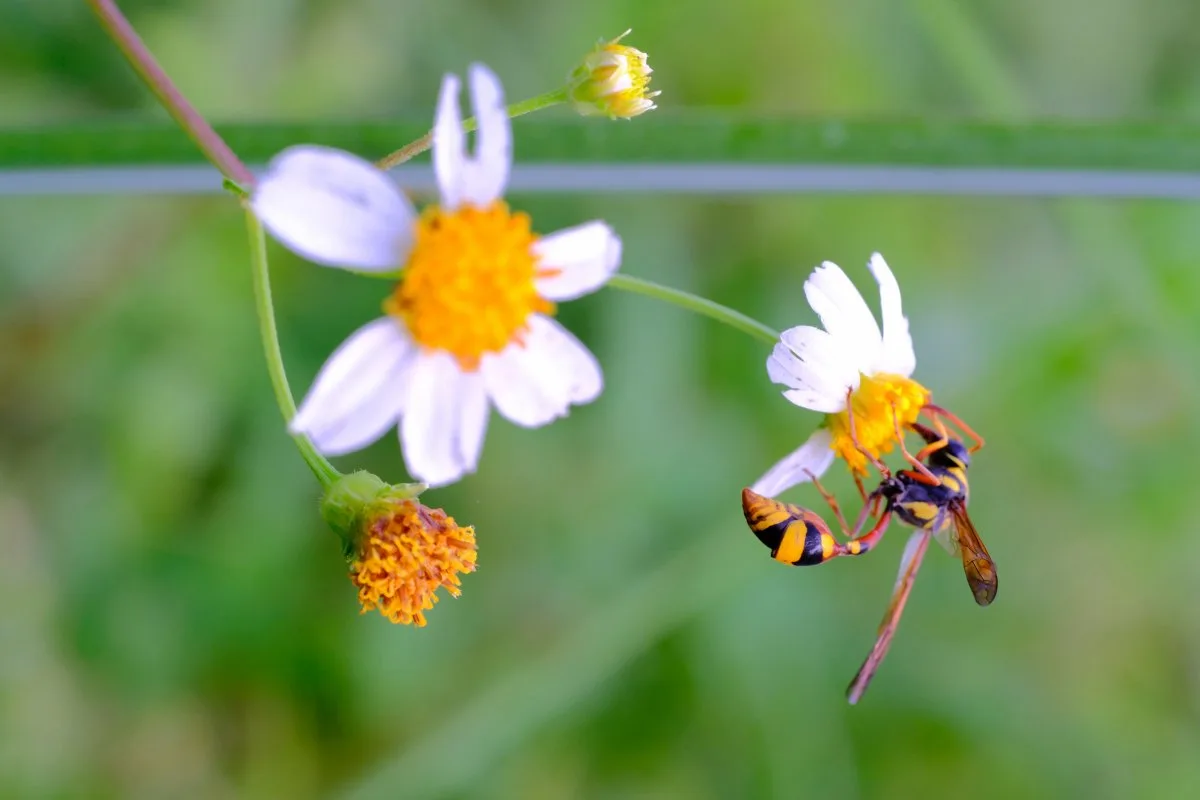
When we refrain from micro-managing nature, it often provides built-in solutions. My husband used to chase wasps around the garden with a high-powered aerosol spray until I discovered these scary-looking bugs scarfing up cabbage worms.
You could purchase ladybugs or lacewings. However, my personal experience is they don’t hang around for long.
The first step is to stop using insecticidal sprays. You can use horticultural or castile soap directly on bugs if necessary. However, just spraying everything (even Bacillus thuringiensis or Spinosad) can reduce your predatory population pretty quickly if you’re careless.
Once I opted out of regular pesticides, it took a few seasons before enough predators moved in to manage things for me. But at this point, I rarely have to spray at all.
The second step is to focus on companion planting that attracts these beneficial predators.
Predatory wasps like cilantro, dill, Bishop’s flower and other herbs in the carrot family.
Ladybugs and soldier beetles are attracted to blanket flower, coreopsis, cosmos, tansy and yarrow.
Both predatory wasps and pest insects like mustard greens, so plant a patch a good distance from your other vegetables to provide a happy distraction.
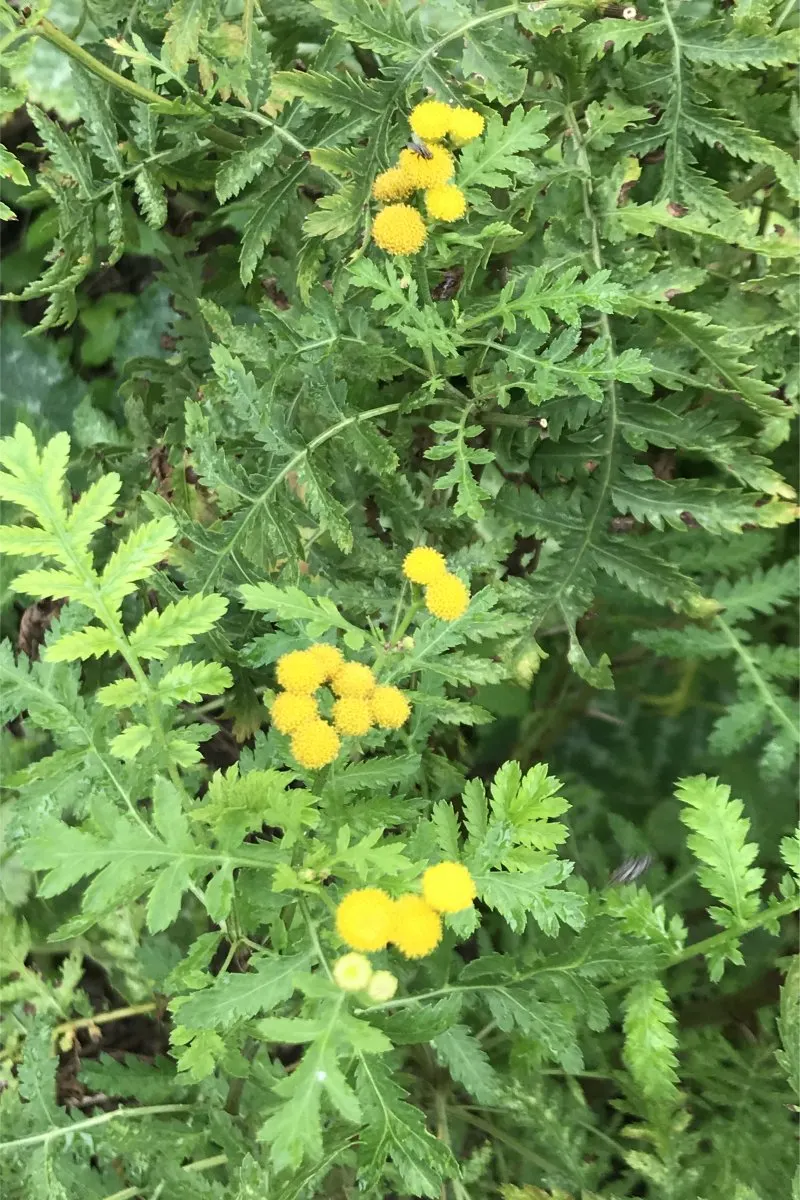
Limiting Our Selection of Companion Plants
On that note, it’s interesting to know some mustard plants protect themselves from pest insect eggs by allowing the cells around the eggs to die off, dropping the egg before it can hatch a hungry caterpillar.
One thing gardeners get wrong about companion planting is limiting ourselves to a “prescribed list” of flowers or herbs for companion planting.
Don’t neglect the natural defenses plants use. Many produce phenols, terpenoids and alkaloids that ward off and even kill pest insects.
Plants that produce nicotine (nicotiana), caffeine (camellia), or atropine (eggplant) have built-in defenses.
Many plants contain saponins, which, like detergent, disrupt the integrity of insect bodies and results in their death.
Soapwort, clematis, English Ivy, amaranth, dandelion, euphorbia, moringa, Cape myrtle, purslane and ginger are all high in saponins.
This ability to kill insects defensively can help protect entire garden beds.
Ignoring the Roots of Companion Planting
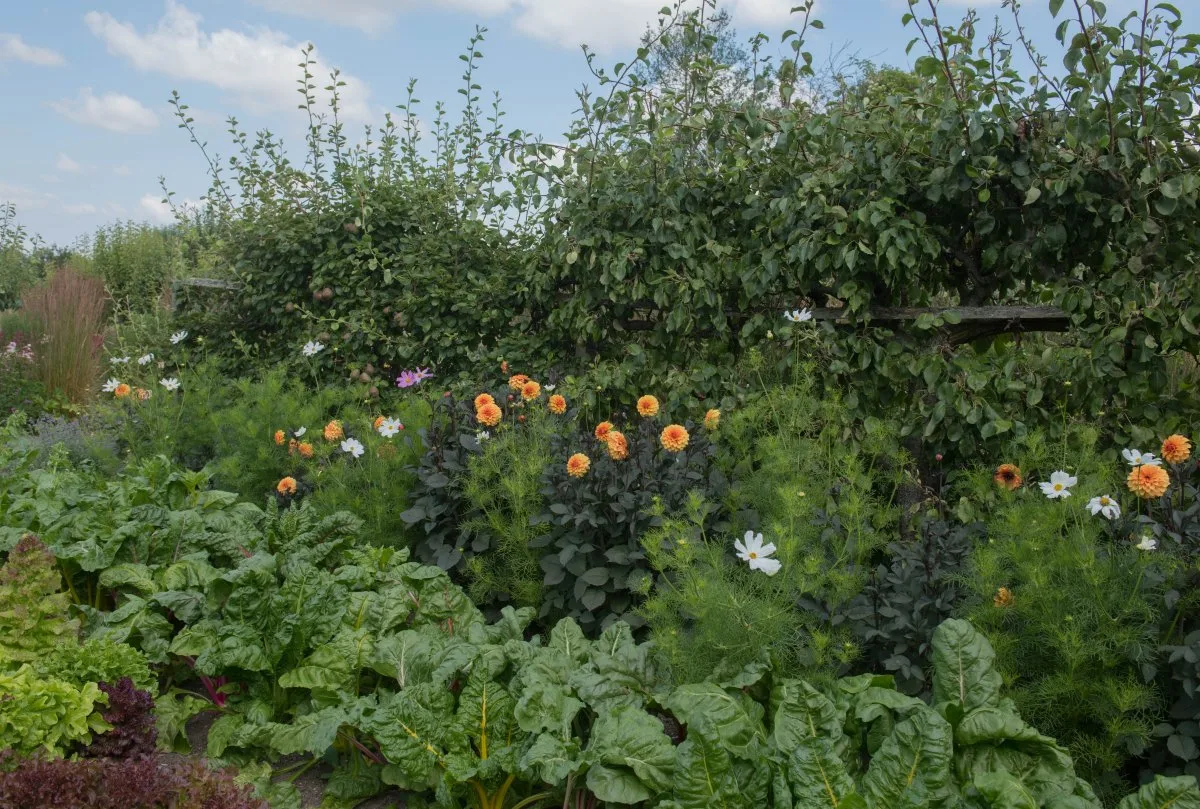
The more we learn about the factors in play regarding soil health and biodiversity, the more sense companion planting makes.
One of the most basic benefits of soil improvement is providing a diversity of plants to nourish the soil.
Plants provide critical services for keeping the soil healthy and balanced. As plants grow, they secrete important nutrients into the ground that sustain the soil microbiome and provide food for larger creatures such as worms, millipedes and grubs.
Plant roots exude sugars, amino acids, enzymes and other organic matter, and each species produces a unique combination to attract the bacteria and fungi it needs to survive. Some plants exude chemicals that repel harmful organisms as well.
Increasing the diversity of the plants in your garden ensures many different beneficial microbes can survive and thrive in your soil. A full array of these soil critters means your garden becomes more resilient and adaptable to environmental stress.
Don’t blindly follow charts of species combinations. Aside from a few allelopathic species, there’s no reason to limit yourself to a narrow scope of plants you don’t enjoy or can’t find.
Now, About That “Three Sisters” Companion Planting
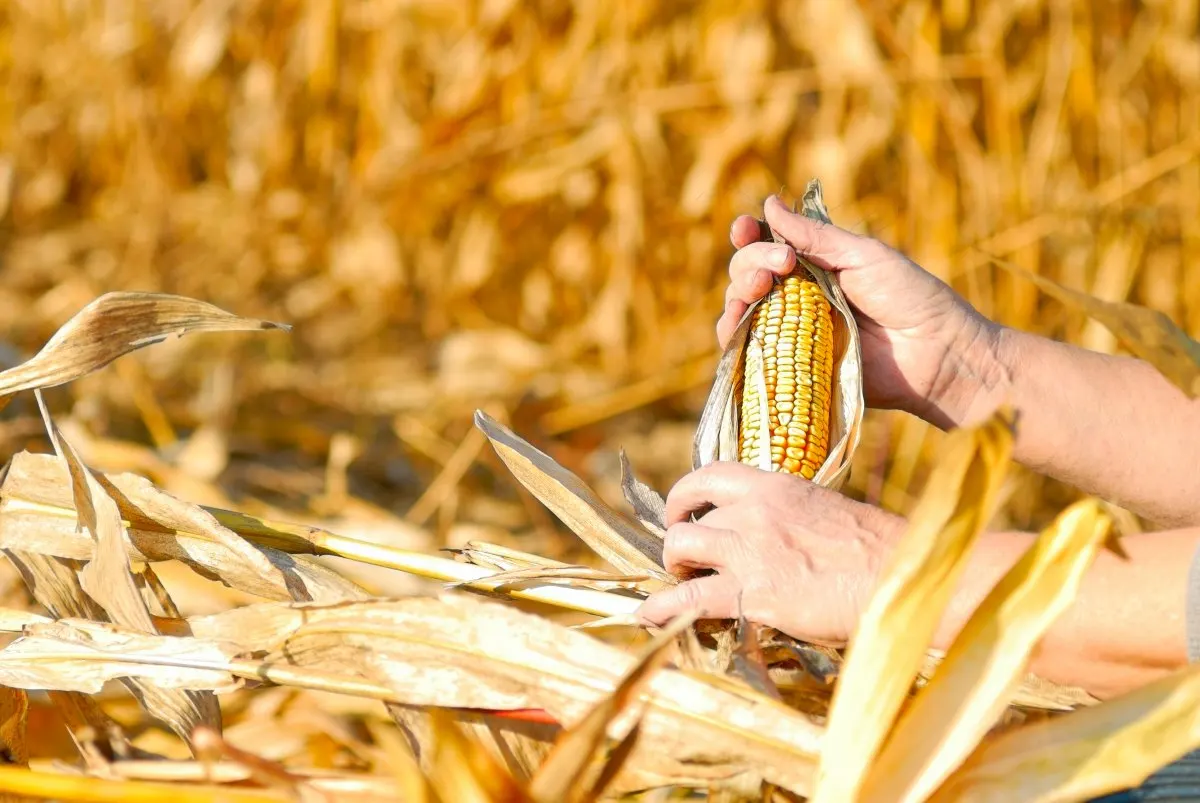
The Three Sisters planting method is the perfect example of companion planting. Many gardening experts reference this age-old method designed by Native Americans for combining corn, beans, and squash.
In the Three Sisters method, the pole beans climb the cornstalks for support. The squash plants below provide cool shade for the root zone and block out any weeds.
The one detail many resources leave out is the importance of timing when using the Three Sisters method.
Another detail missing is the type of corn.
The sweet corn we grow in backyard gardens today differs from the maize or grain corn Native people grew for porridge and bread.
For grain, you plant field corn (aka dent corn). You harvest it only after it has fully matured and the ears have dried on the stalk. This makes it easy to mill for cornmeal or masa, and it takes four to six months (120 to 160 days) from planting.
Sweet corn, however, takes as little as 55 to 60 days, depending on the variety.
Three Sisters Timing
When using the Three Sisters companion planting method, note that using field corn gives you twice as long to use the cornstalks to support growing pole beans.
Also, pole beans need more support than small corn shoots provide, so you’ll have to wait till the corn is 6 to 10 inches tall before planting the beans.
The maturity time on pole beans is about 60 days. So, if you plant them at the same time as the corn, you’ll only be able to start harvesting your beans after sweet corn is already ripe and ready to pick.
Don’t even think about the beans fixing nitrogen in the soil for the corn — that corn is done growing!
So, if you’re planting sweet corn to eat fresh, you’ll have to leave the dried cornstalks in place until the beans are done cropping and hope they stay up that long. This could take all summer long and last to the first frost.
Some homesteaders still grow field corn, but most home gardeners only grow sweet corn. So, while a Three Sister garden seems idyllic, it may not be practical for everyone.
It’s a long-term planting technique that requires planting the right varieties at the right time.
How to Get Companion Planting Right
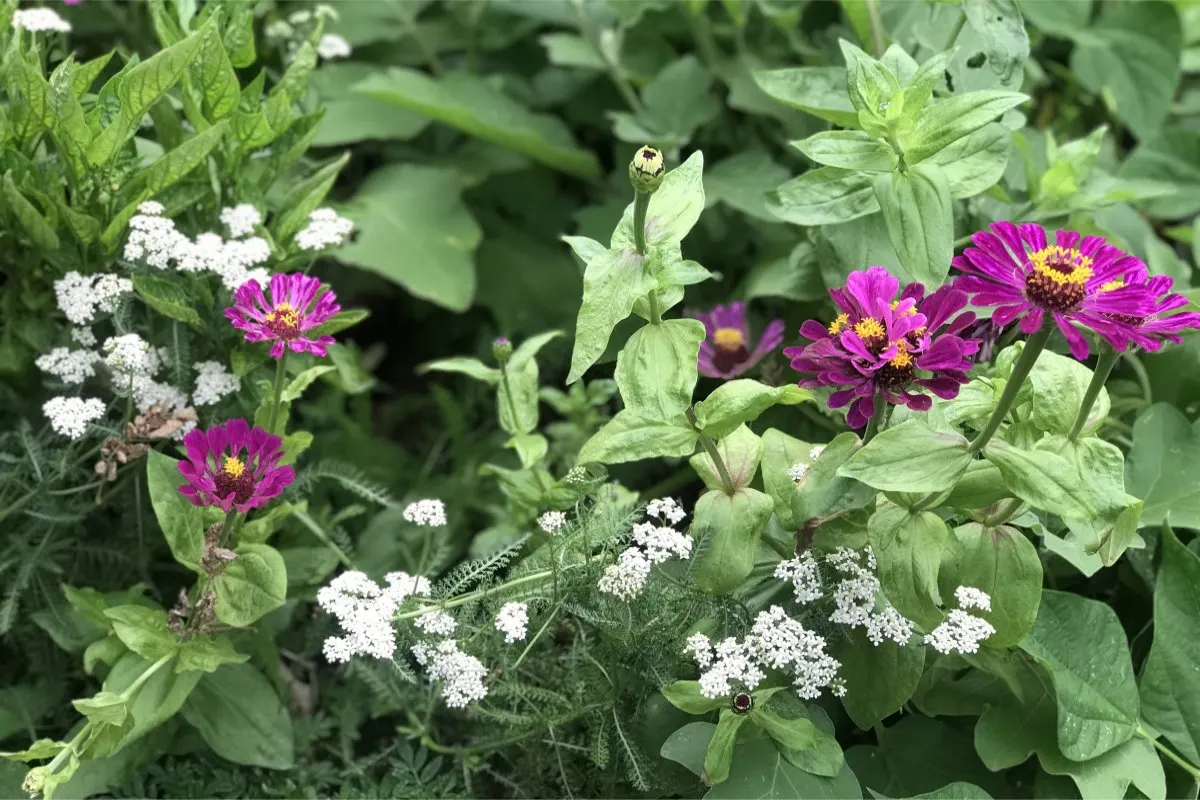
Scientists and agronomists continue to dive deeper into the relationships between plants, the soil and wildlife. But there are a few no-brainers you can fall back on when it comes to companion planting.
Most importantly, growing nothing is worse than planting the wrong thing.
Even if you’re unsure about the best “companion plants” for your specific vegetables, you should aim for soil coverage. This keeps the soil cool and moist.
Planting a diverse selection of plants offers your soil critters (your “microherd”) a balanced menu. It also helps confuse pest insects when they’re sniffing around for something to snack on.
Pay attention to what Nature thinks should grow in your garden. Look for native wildflowers or weeds — they may be the companion plants you’re looking for.
Focus on companion plants that feed and house predatory insects and stop using sprays. It can take about three years to attract enough beneficial insects to handle almost all of your pesticide needs, but it’s worth the wait.

Get the famous Rural Sprout newsletter delivered to your inbox.
Including Sunday musings from our editor, Tracey, as well as “What’s Up Wednesday” our roundup of what’s in season and new article updates and alerts.

